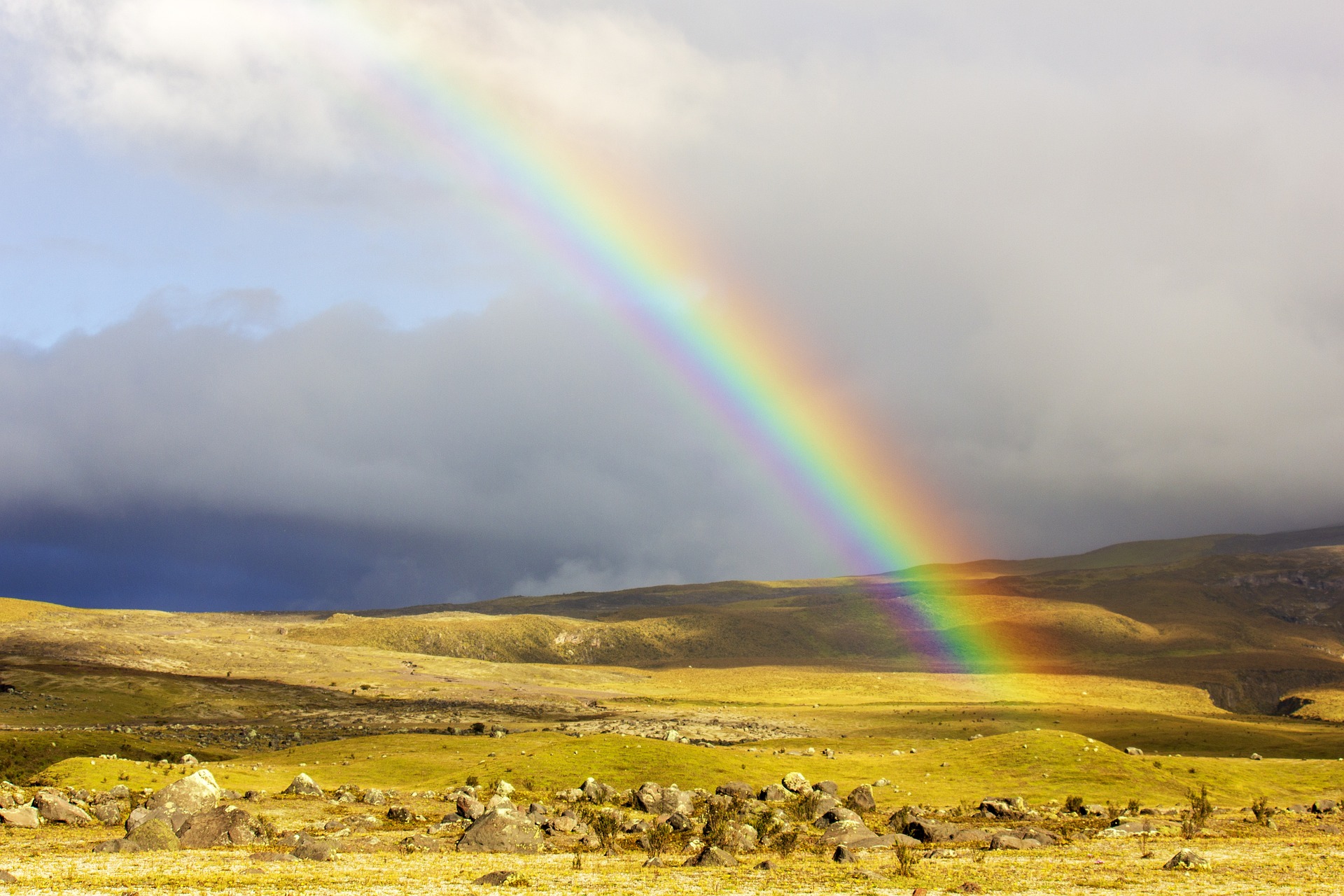One of the most frequently asked question by students is “Tell us something about rainbow”. Probably because since the ancient times rainbow has always fascinated the human nature. Many songs, movies, stories tell something about rainbow, but how does it come from?
Unfortunately, no treasures, no magic pots are hidden at the end of the rainbow, but a special physics principle unveil the colors of light.
The rainbow is one of the most beautiful visual displays in nature and an intangible phenomenon. It is illusory in that it is not of course a solid arch, but like mirages, it is nonetheless real. It does not have an independent existence, it’s a spectrum of colors that converge in the mind of the beholder.
Nussenzveig said “the rainbow is a bridge between two cultures: poets and scientists alike have long been challenged to describe it..”

The first satisfactory explanation for the existence and shape of the rainbow was given by René Déscartes in 1637 (the account of the colors will be explained only thirty years later by Newton). Déscartes used a combination of experiment and theory to deduce that both the primary and secondary bow are caused by refraction and reflection in spherical raindrops.
By analogy, thinking at the rainbow reminds us the effect of the light that goes through a prism; in fact the refraction inside a prism is very similar to the refraction inside a drop of water. When a beam of white light encounters the surface of a prism it loses speed, and it refracts separating into its component colors. Inside a drop of water the phenomenon is the same; furthermore when rays are emerging the separation of the colors increase. The separation is called dispersion.

In general, the primary rainbow, which is the lowest and brightest of two that may be seen, is formed from two refractions and one reflection in raindrops. The rainbow seen by any given observer consists of those deviated rays that enter his eye. These are those that are deviated by about 138° from their original direction. Thus, the rainbow can be seen by looking in any direction that is about approximately 42° away from the line joining one’s eye to the shadow of one’s head – the antisolar point; the 42° angle is supplementary to the rainbow angle. This criterion defines a circular arc (or a full circle if the observer is above the raincloud) around the antisolar point and hence all raindrops at that angle will contribute to one’s primary rainbow [1].
Full circular rainbows can be seen from time to time at high altitudes on land or from aircraft. In brief, the primary rainbow is formed by the deflected rays from all the raindrops that lie on the surface of a cone with vertex (or apex) at the eye, axis along the antisolar direction and semi-vertex angle of 42°. The same statement holds for the secondary rainbow if the semi-vertex angle is about 51° (the supplement of a 129° deviation). These cones will be different for each observer, so each person has his or her own personal rainbow [1].

For mathematical considerations on the rainbow phenomenon, have a look at the reference below.
[1] The mathematical physics of rainbows and glories; J. A. Adam – Physics reports; 356 (2002); 229-365





